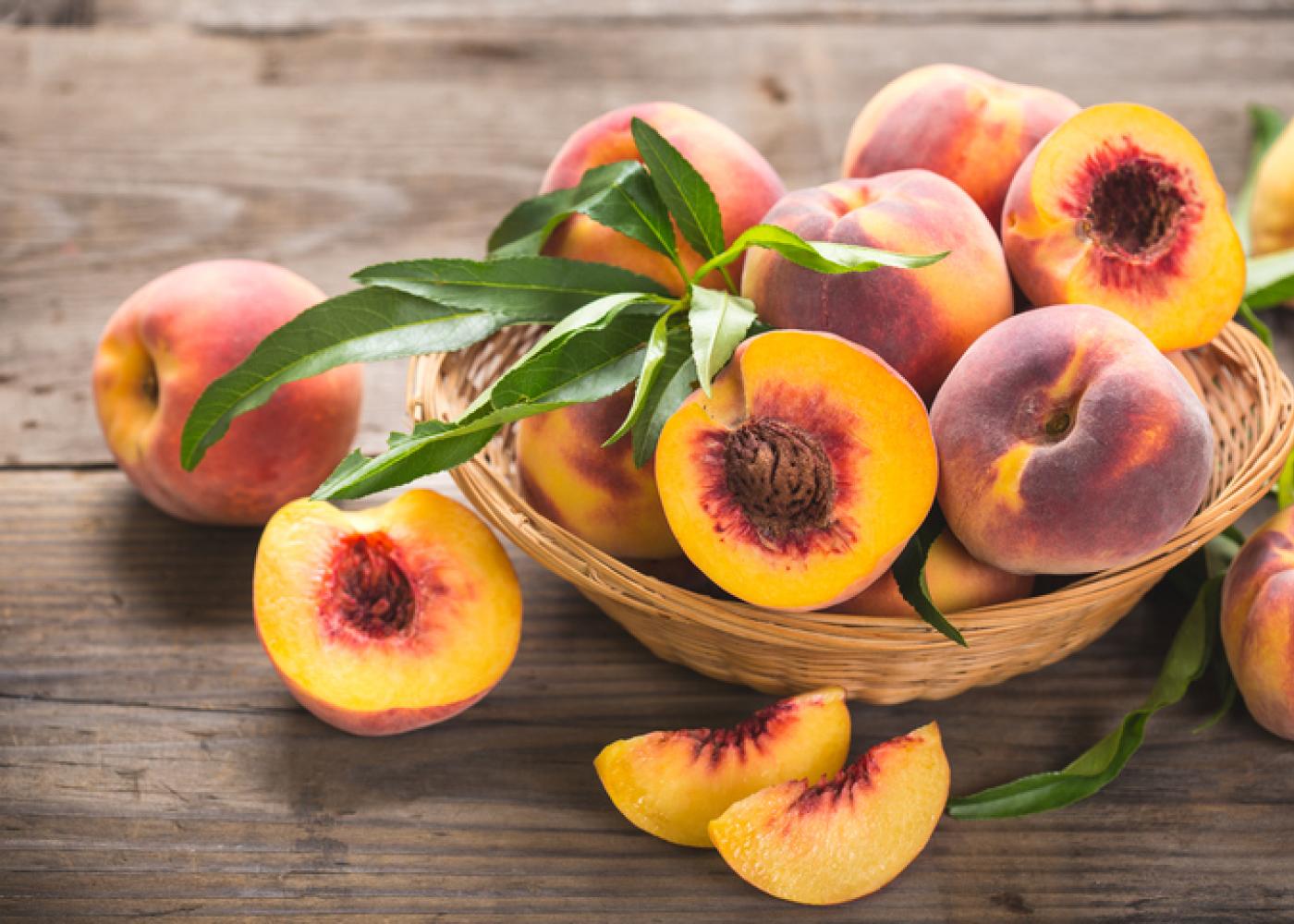We have now understood that rest and nutrition form an integral part of sports-recovery. The main problem here is to know when one needs to recover or to know if one has recovered sufficiently!
It will be akin to the case of the explorer lost in the wilderness, but who believes he is on the correct path. He can never find his way until he realizes he is lost.
There are two methods to gauge the need for recovery and to know if one has recovered. Those athletes who are not fortunate enough to have resources may use subjective methods, like RPE( rate of perceived exertion) on a scale of 1-10, in conjunction with readings of their pulse rates. (Values are an example only)
The one end at 1 is “Ooh, somebody stop me!” With PR near the resting value.
The other end is 10 for extreme tiredness “OMG can’t pedal anymore” With the PR at 190.
Rate of Perceived Exertion1 ———————-5 –7—————–10.
PRresting40—————-PR95————-PRmax190.
Ideally, an objective method is preferable to take out the guesswork above and to make the results more predictable. The cheapest objective method uses an HRM (heart rate monitor). Any base level heart rate monitor will do. HRMs give us markers. These markers will tell, when one has to rest and how long. It has been proven clinically that the heart rate is a good indicator of fitness or the lack of it. Top athletes especially the ones into high endurance sports, are known to have very low resting heart rates(RHR). Simply because a trained heart is an efficient heart.
As we all know, the heart is the engine which runs the body. When efficient, the heart needs to contract to say only 40times per min. However, if it is not efficient, it will have to contract to say 100 times to pump the same amount of blood. A stronger heart has a larger stroke volume.
The HRM or the PR(feeling the pulse manually) to tell us if we are on the right path to recovery.
For the resource-challenged athlete, PR is good to go.
Pulse is the effect of the heart contracting which can be felt at various parts of the body. The most commonly used pulse point is the wrist, at the base of the thumb. Remember the pulse is to be felt by the fingers and not the thumb.
HR is the electrical cause, of which pulse is the effect. Most of the HRMs are ECG (electro cardiograph) accurate. The HRM is convenient and reliable as compared to taking ones pulse.
Our objective is recovery. When our PR/HR is closer to our basal or RHR(resting heart rate) or resting PR, we have arrived. Recovery is complete.
So how to go about this?
To keep it simple, know your Resting PR/HR and you are on your way to recovery.
This value is critical, whether it is Armstrong or you.
This value is true in the morning at wake up. A value higher than the RPR/RHR is a strong indicator of illness / overtraining / need for rest. The first and the second are sometimes the results of the third. This is many a times accompanied by colds and coughs.
How much?
The daily rest is ideally 6-8 hours of night time sleep. It is dependant on individuals, the general rule of thumb would be, 1) if one is awake before 6hrs of sleep stay in bed, relax visualising pleasant situations eg., riding fast, winning, etc.,2) if one wakes up at or after about eight hours,
GET OUT OF BED!
Weekly
This rest is one to two days. Evenly distributed between long rides and high-intensity training.
Seasonal recovery!
Poste event recovery
This is important since most of the recreational cyclist are attempting multiple events.
For a trained RC, the rule of thumb would be:
12 – 18hrs event- two nights and one day rest should suffice to satisfactorily attempt another similar event.
24 – 36hrs event- four nights and three days rest should suffice to satisfactorily attempt another similar event.
Of course, this cannot be repeated ad infinitum. The law of diminishing returns comes in, and the rest period may double or for some triple unless one is in the SeanaHogan or Chris”hoppo”Hopkinson category.
Now we will use a scientific phenomenon called ‘Newtons law of cooling’ to explain the when of nutrition.
Newton’s Law of Cooling states that the rate of change of the temperature of an object is proportional to the difference between its own temperature and the ambient temperature (i.e. the temperature of its surroundings). In simple terms, if the object is at 100 degree Celsius and the surrounding is at 0 degree Celsius, the object will cool faster than, if the object is at 10C and the surrounding is at 0C. Similarly, when the body is recovering from strenuous physical activity, if the rest and nutrition is taken as close as possible to the cessation of this activity, it is more efficient towards a faster recovery.
Clinically it has been found that there exists a window of approximately 30 mins to 1 hour after the physical activity when the nutrition is more efficient towards a faster recovery. Of course, DO NOT STOP EATING IF YOU HAVE AN APPETITE BUT HAVE MISSED THE WINDOW!
We have to remind ourselves that this essay is for the trained recreational endurance athlete albeit experienced whether accomplished or not.
STAY TUNED FOR THE NEXT ARTICLE ON RECOVERY SNACKS (NUTRITION).
Editor:Tracy Alvares



![12 Healthy Protein Food Sources for Athletes [New 2019]](https://velocrushindia.com/wp-content/uploads/https://res.cloudinary.com/dpwrza7sq/image/upload/v1547302148/bicycles-25-2_ktixjb.png)


